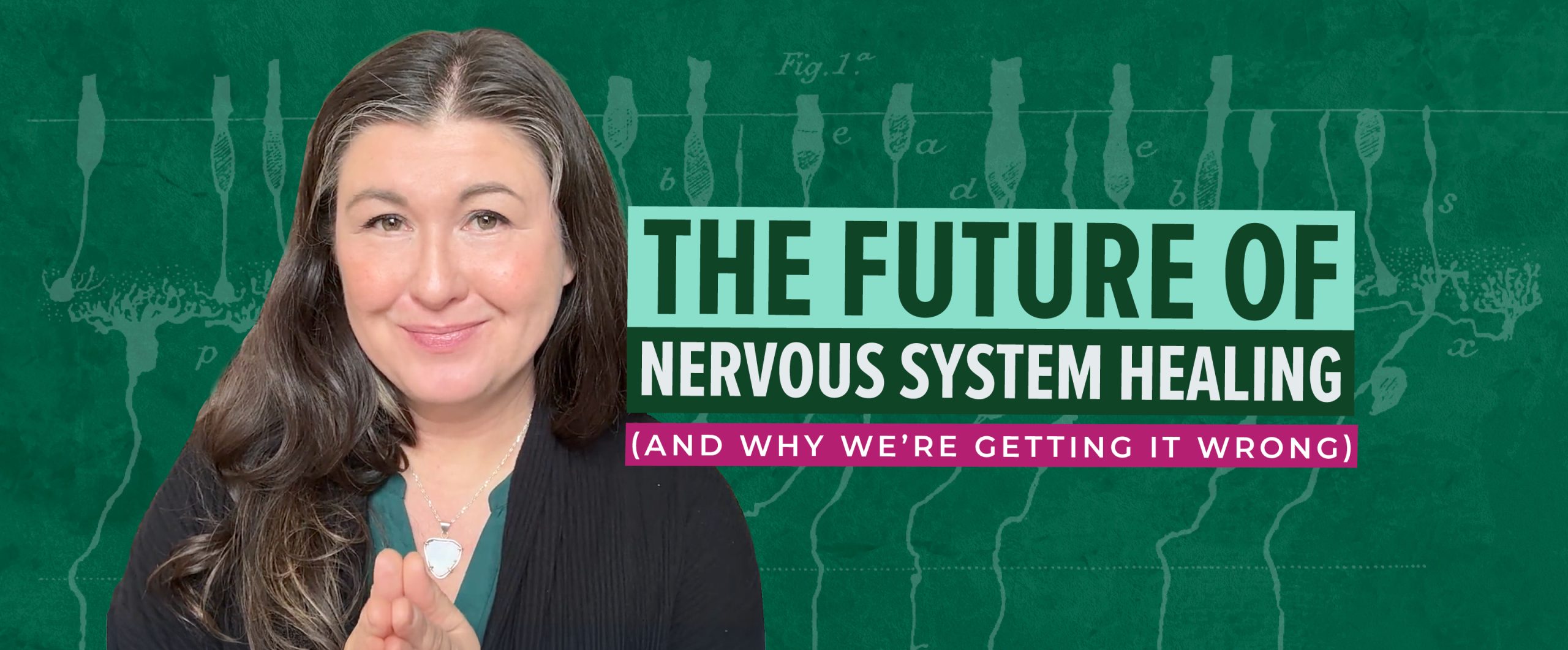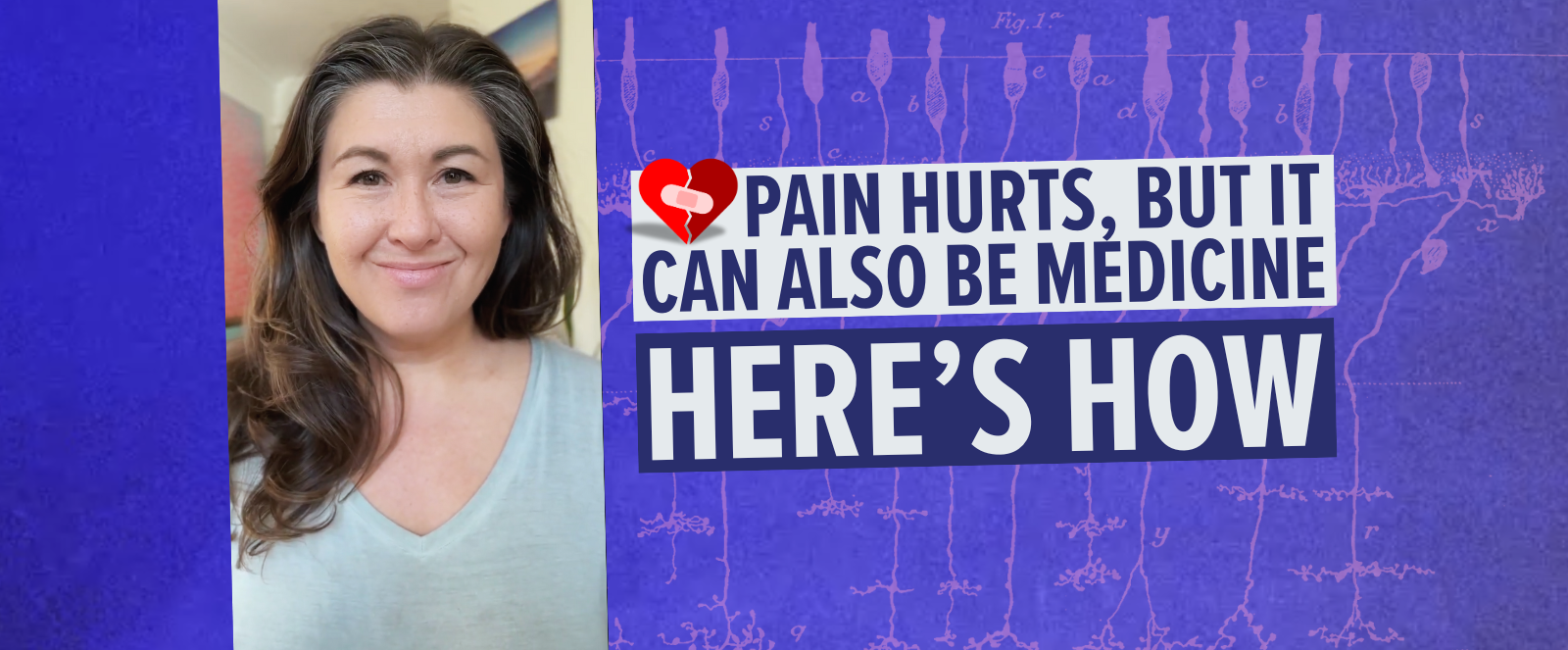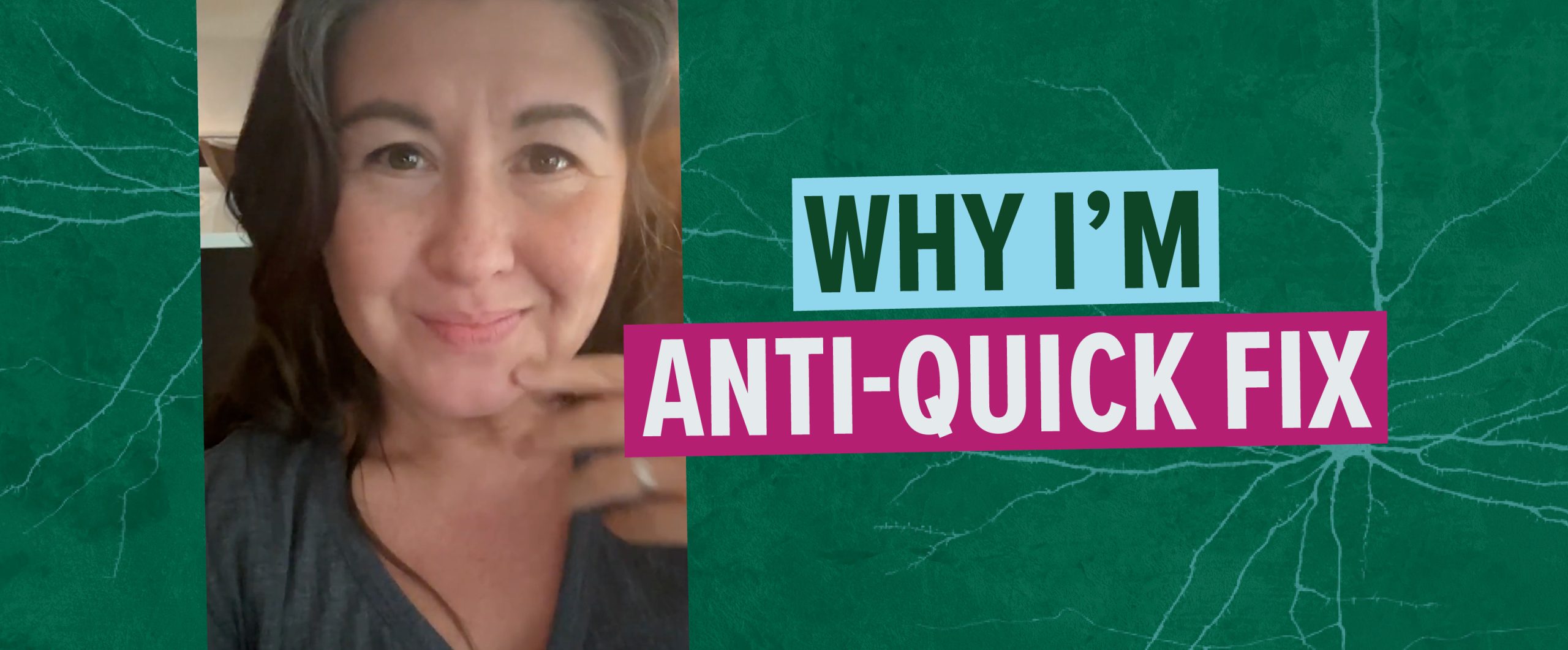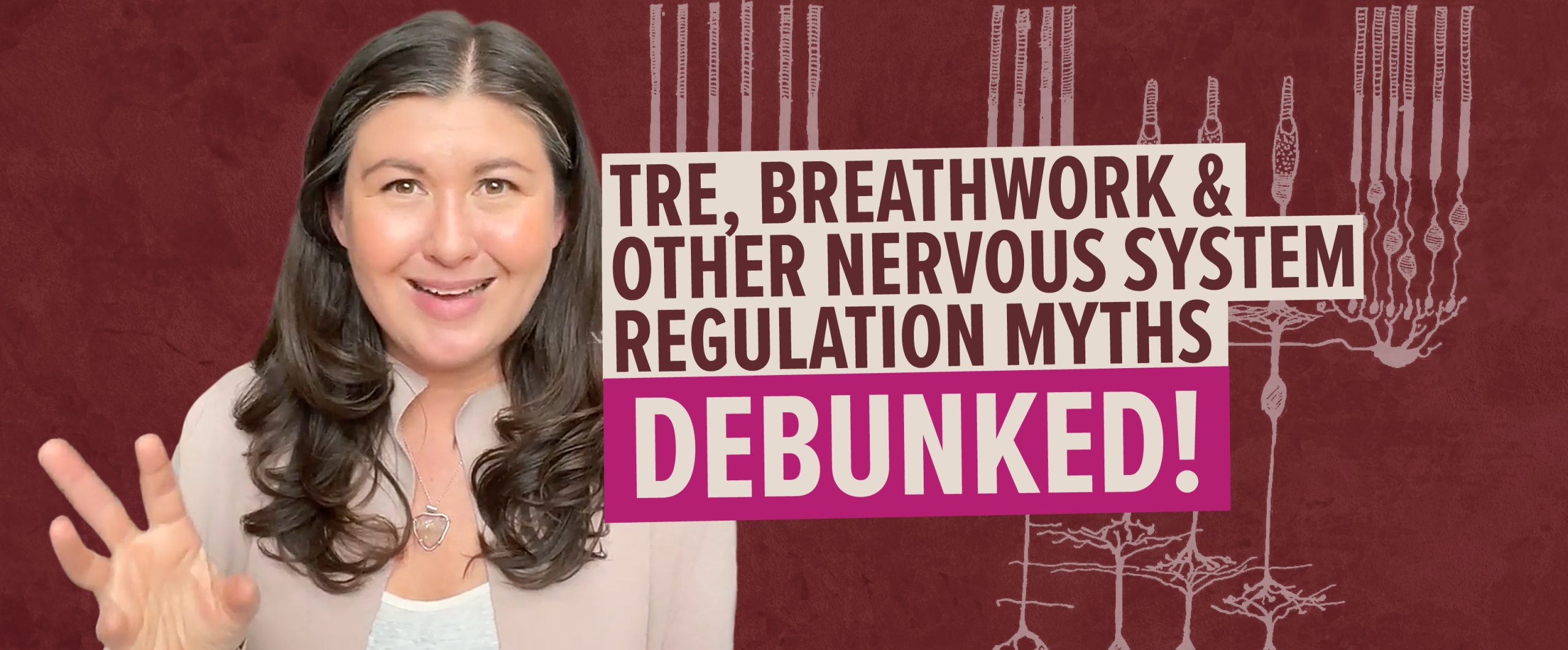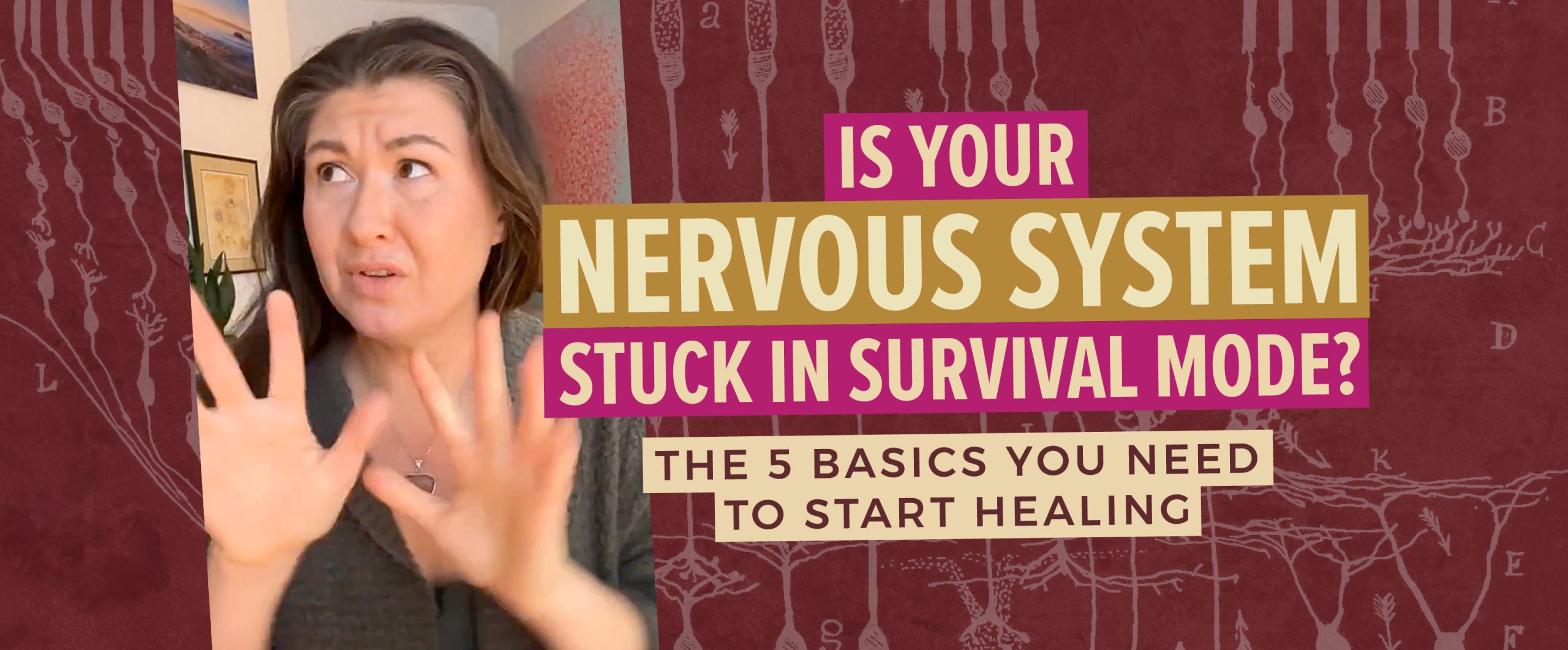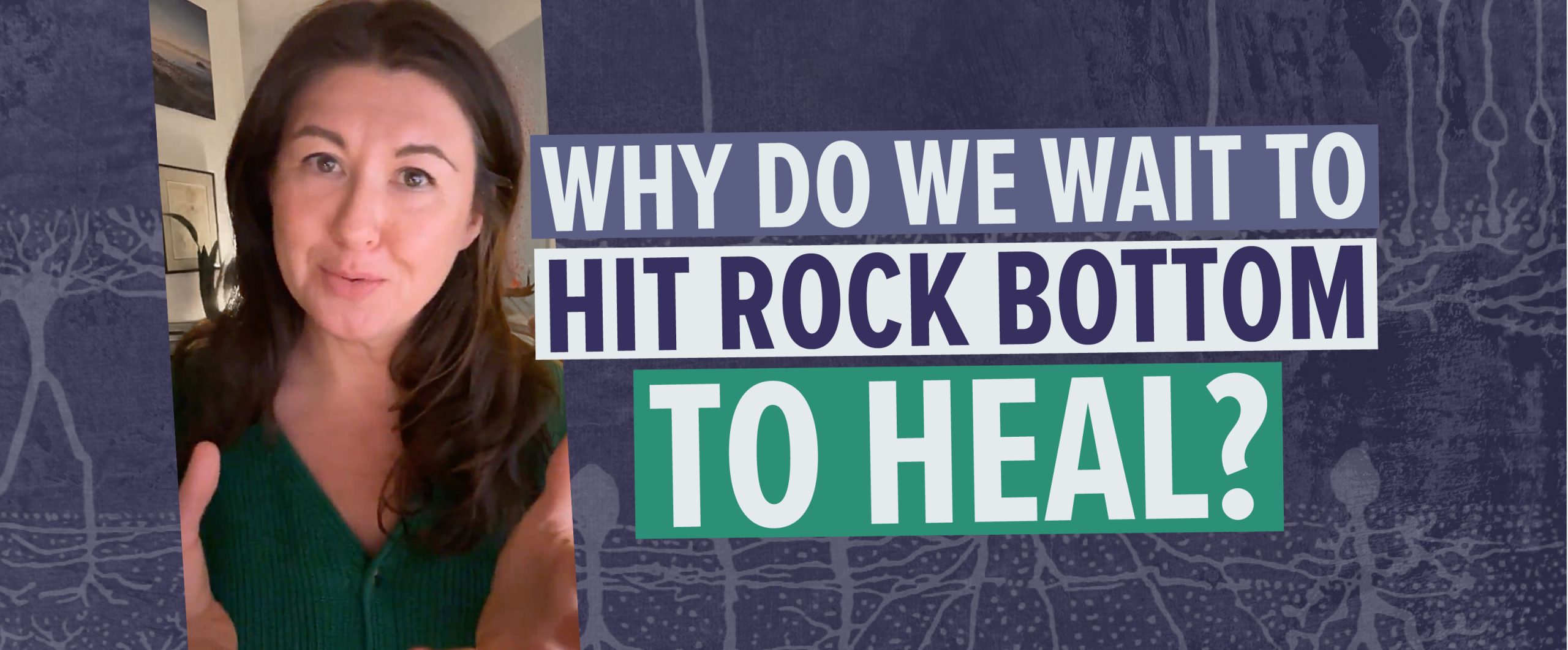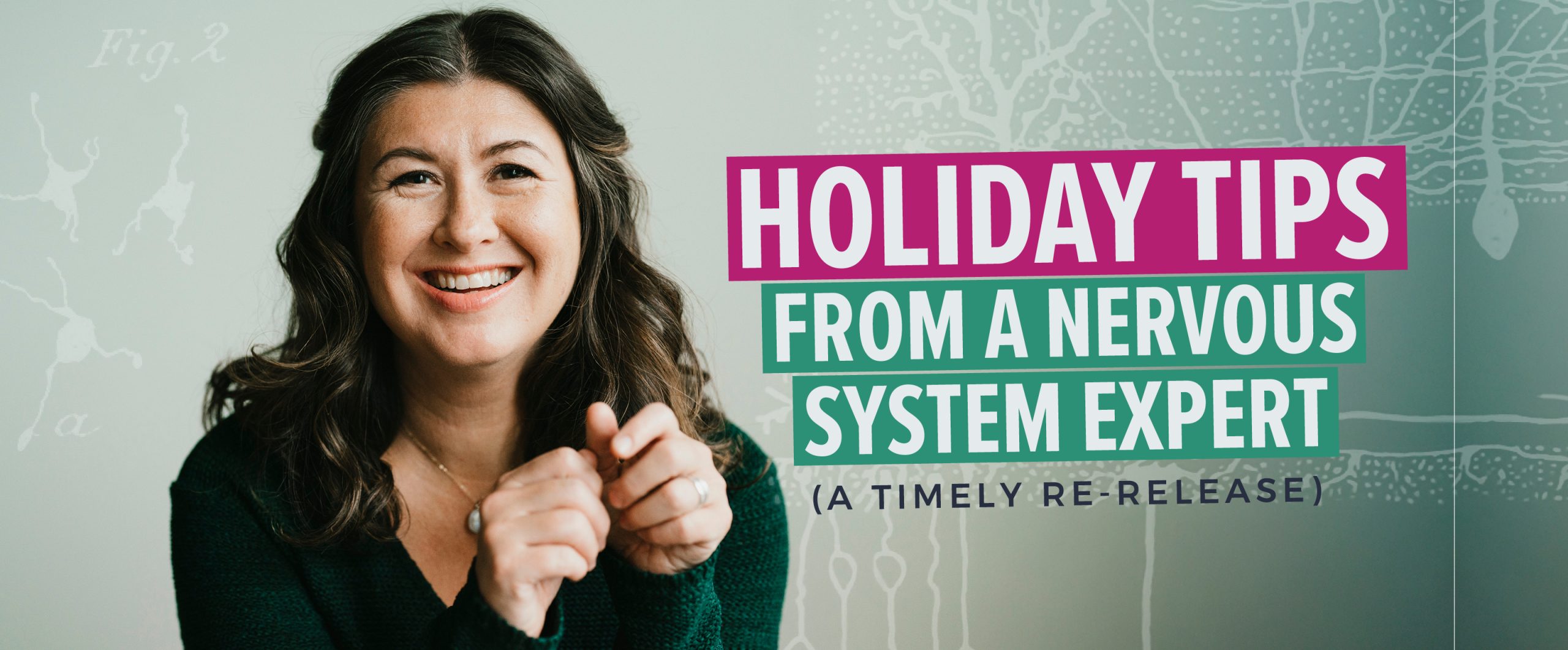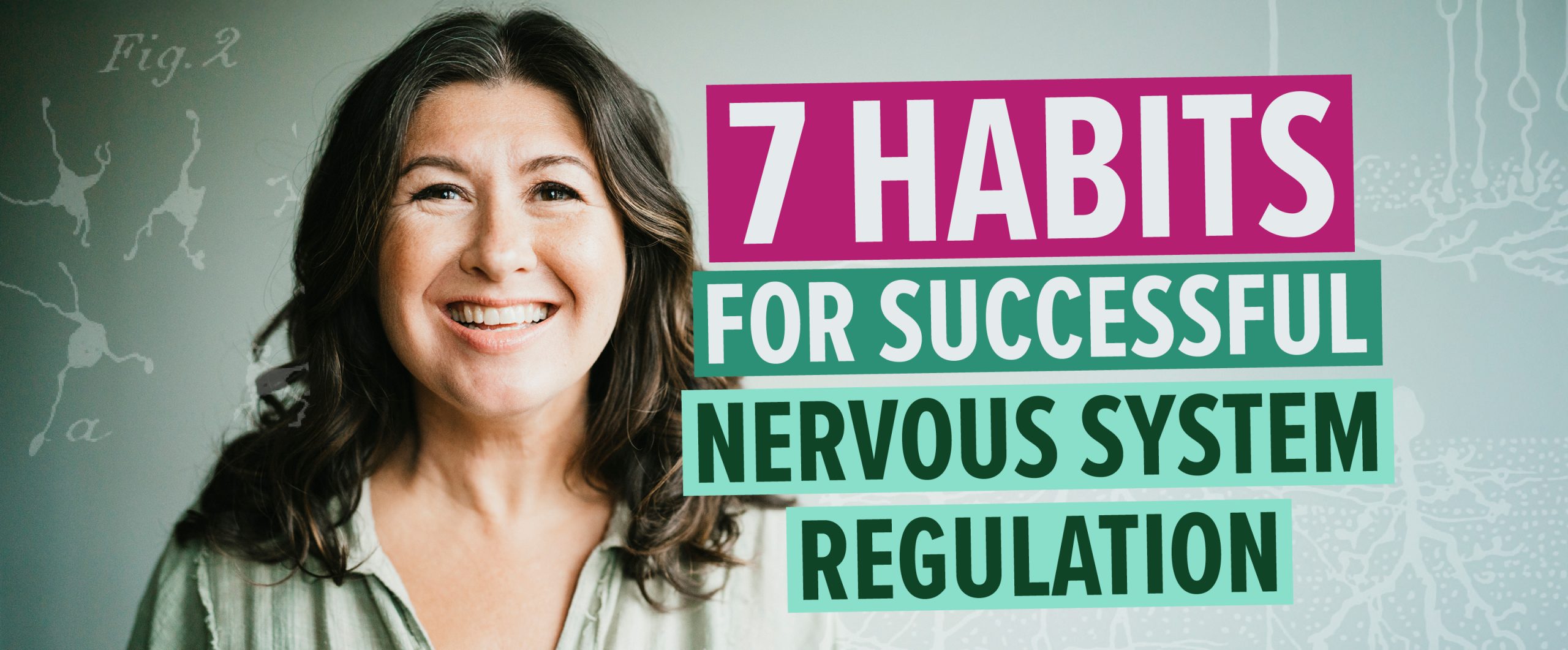Several people said, “It’s magic!”
I read the above orange letters in a colleagues newsletter a day or so ago.
The magic that is being talked about is what people said after they experienced some good old Feldenkrais-Love.
I get similar comments from my class participants. I’ve been called a witch. That what I do is voo-doo.
Well it just isn’t. I didn’t graduate from witch-school. I got my certifications elsewhere.
Here’s the plain truth about this stuff
It is simply hard to grasp in our society of no pain, no gain and feel the burn, how something so subtle and seemingly benign (the movement principles I’m about to share with you) can create such stark and lasting changes in human movement, function and comfort.
These movement principles are so freaking hard to explain and comprehend because they are INVISIBLE to us.
Yet, they are IN US. Waiting to be experienced. All day long. 24/7.
Why don’t we experience this on our own?
Well we do, but typically it is when we are young. Carefree movement and zero aches and pains. We are totally tapped into movement efficiency at age five and under. Then we begin an apprenticeship of Westernized living and we start losing our ability to sense and feel ourselves,
and with this industrialized apprenticeship, efficiency becomes the exception rather than the rule.
The Principles of Movement That Saved My Movement
1. How to sense my body when I’m awake and moving through my world.
This means that instead of just plowing through your day with zero body awareness and not having any clue where and when you might be doing things like clenching your jaw whenever you chop vegetables or how you might stop breathing every time you get up, or sit down, you begin to notice when you are doing too much muscular work for the task at hand.
This is also important for bigger actions and more planned out activities like working out at the gym or going for a hike.
2. How the practice of pausing before movement can open up a whole new world of possibility.
This is the art of intention and noticing how you might execute a movement before you actually do it. This practice opens new pathways of movement that you may never have considered, or it may simply give you greater attention to your current movement habits.
This act of pausing and intention is unique to humans and it’s this practice that can really begin to shift deeply held habits.
3. How to move in relationship to the surface I am on and find support from it.
Watch this clip of Baby Liv and get a look at new life discovering movement for the first time.
Infants move in relationship to what they sense under their bodies. In order to fully grasp and practice this idea, the first two principles that I wrote about, sensing and intention, are required. Therefore, when you can sense the surface under you and then intend your movements based on that contact under you, with practice your movement does become easier and lighter.
Which leads beautifully into the next piece…..
4. How to execute movement that is proportionally distributed through my skeleton, and therefore muscles, giving lightness to my movements.
Proportional organization of movement can happen when the first three steps are in place. This type of body organization means having your skeleton and muscles working in a coordinated manner. Concepts like finding counterbalance in a movement and making a movement reversible (Baby Liv showed us around 2.40mins) are essential, as is sensing how heavy a moving body part may be on one attempt, and then finding a way to use more support from the ground so that it becomes perceived as lighter, is another major movement principle.
In simplified terms: use the big muscles for the big lifting, use the small muscles for the smaller lifting, and use it all in synchrony!
These principles of movement build upon one another. You actually can’t have one without the other.
When applied, these principles can make your movement light, easy and wonderful.
One extra bonus principle
How to be curious and playful with my movements
Stop being so serious! Seriously. Most of us were taught in a school system that demanded the following of instructions. We were taught that to earn extra credit we should colour in between the lines. Your body and brain doesn’t understand colouring in between the lines and when you were an infant learning how to roll over and walk, I’m quite certain there wasn’t an instruction manual you were reading that was cueing you on when to contract this muscle and when to relax that muscle. You just had to feel it. You had to experienced when movement was effortful and if it was, you sought an easier, more efficient and more organized route to get you from point A to point B.
Like I mentioned above, this stuff is hardwired IN us. It’s just invisible. It MUST be felt. Experience is critical to understand this stuff.
No magic. No voo-do. Definitely not witchcraft.
Just the basic principles of effortless, at ease, quick, versatile, savvy movement.
It’s in you! As adults, we need a little help re-learning ’em!
to be continued,

